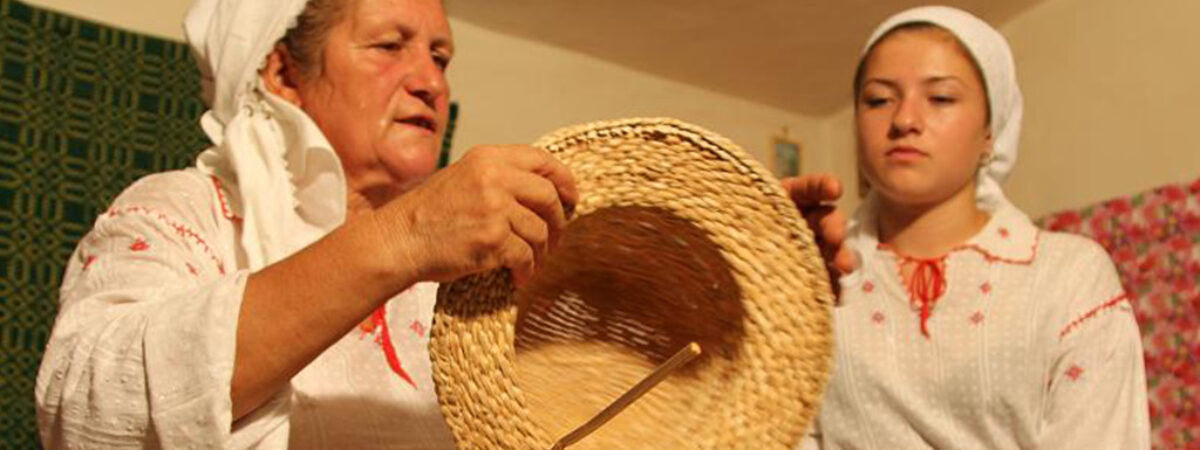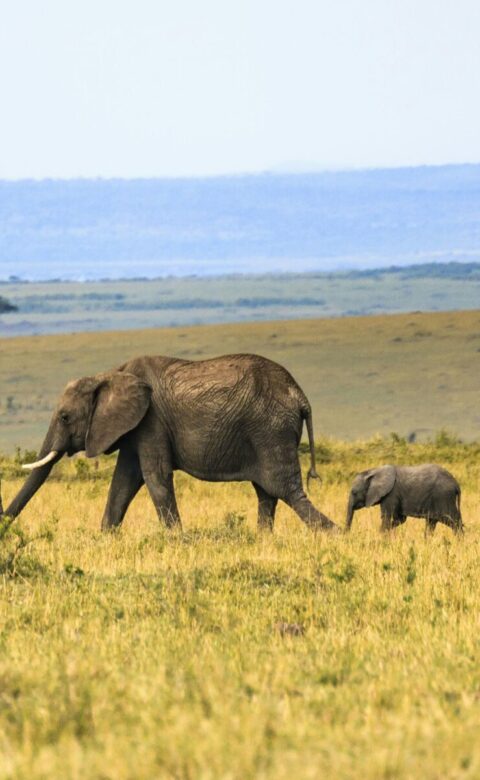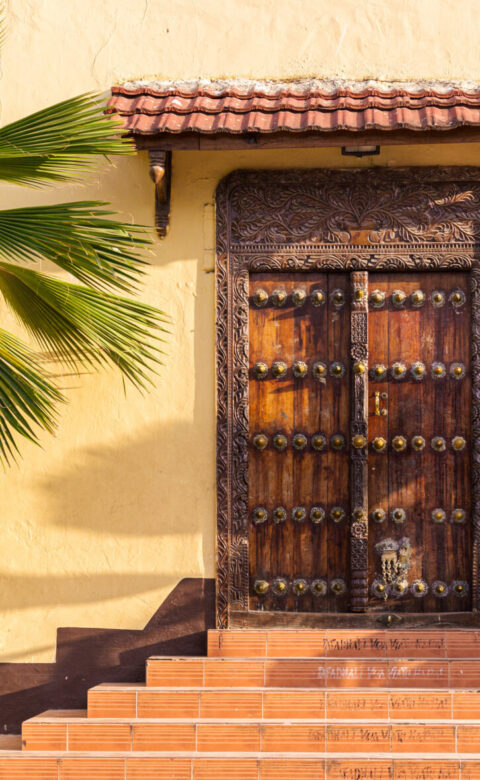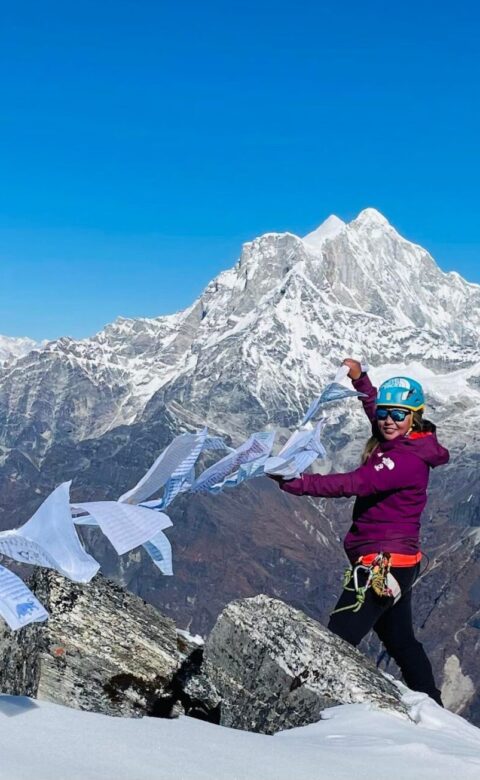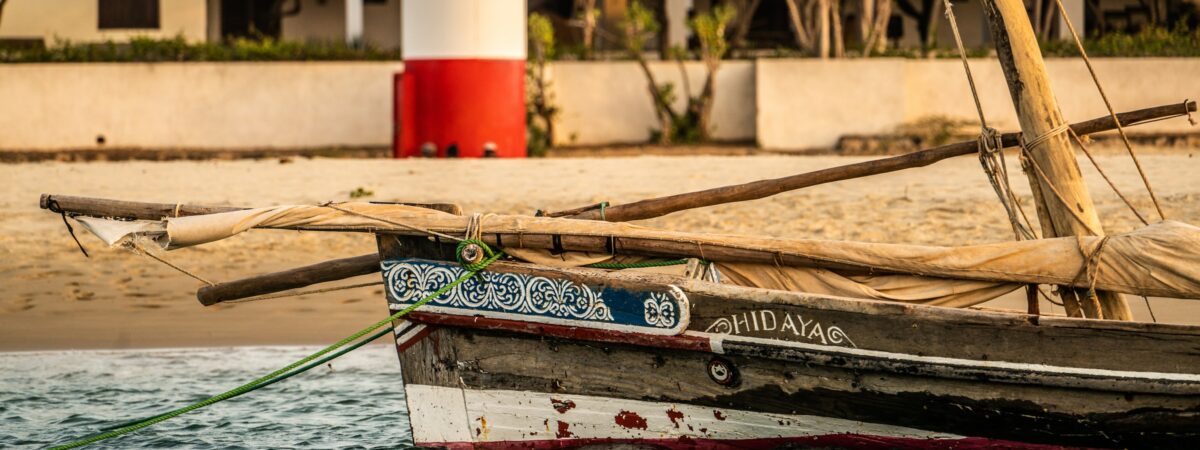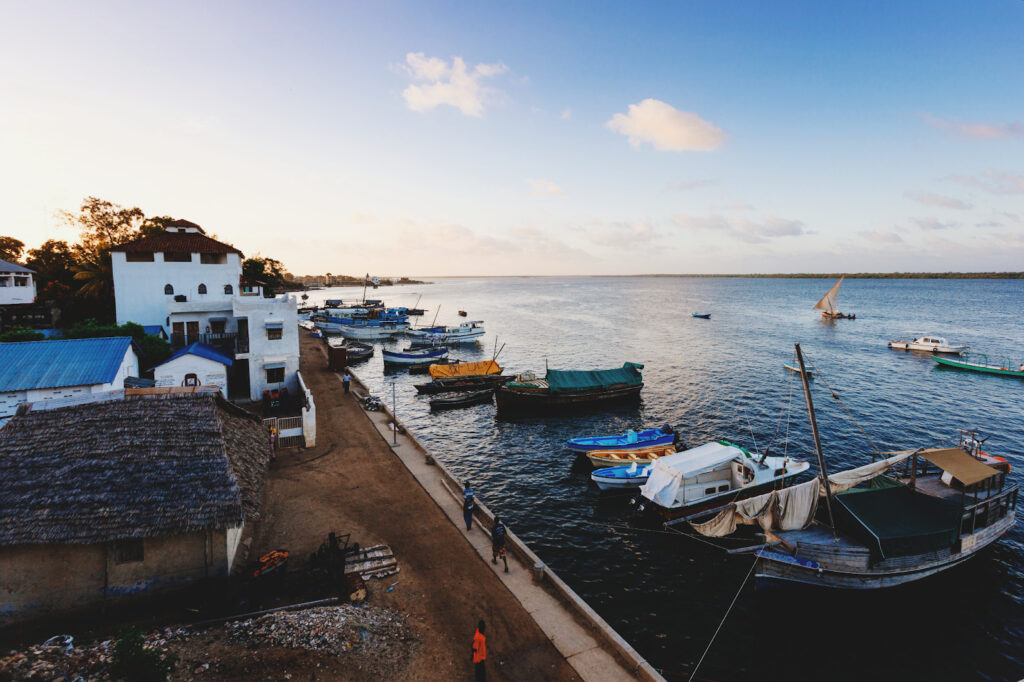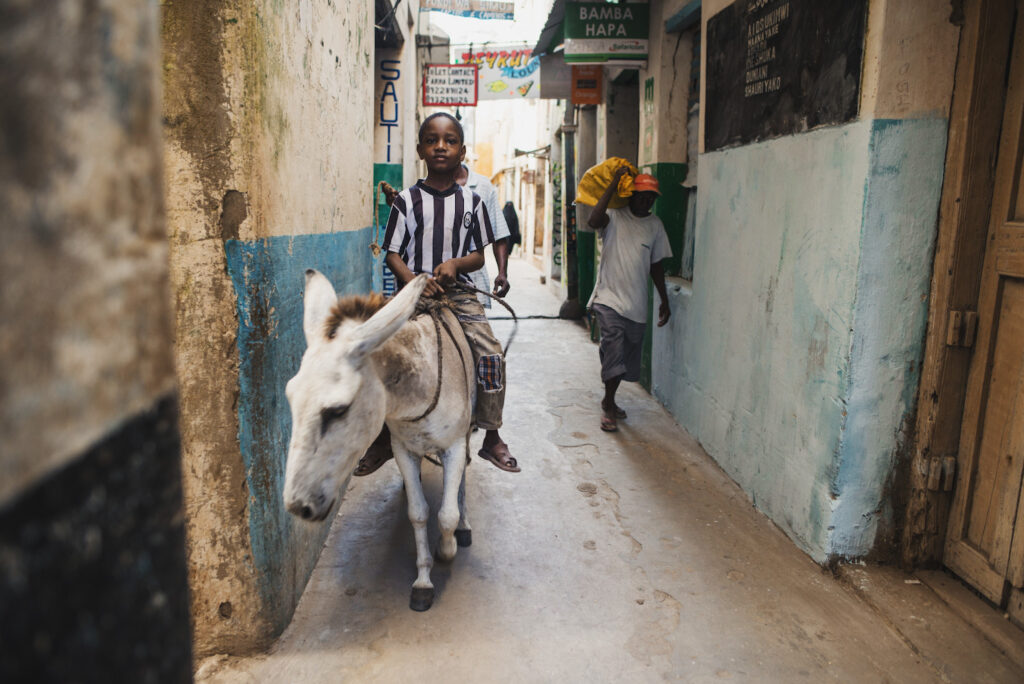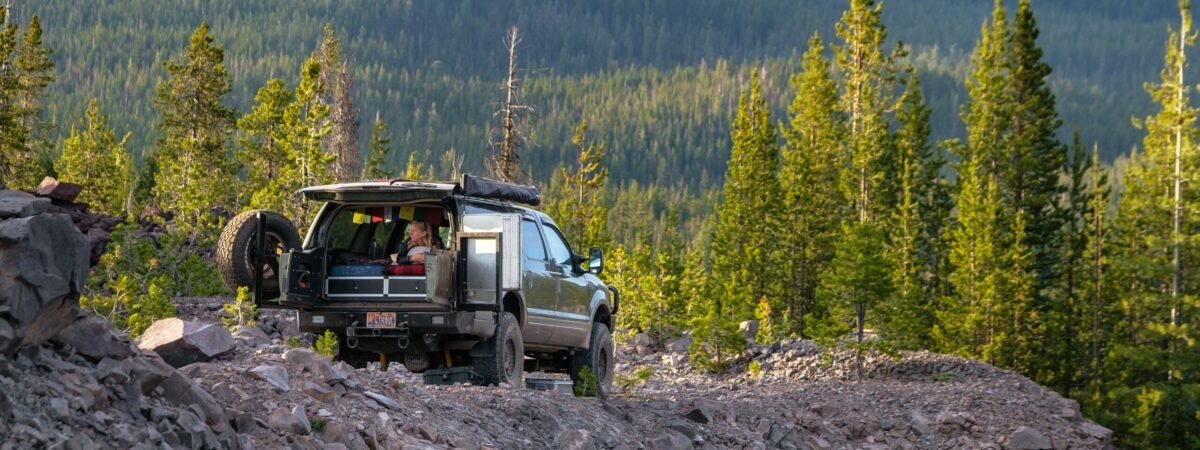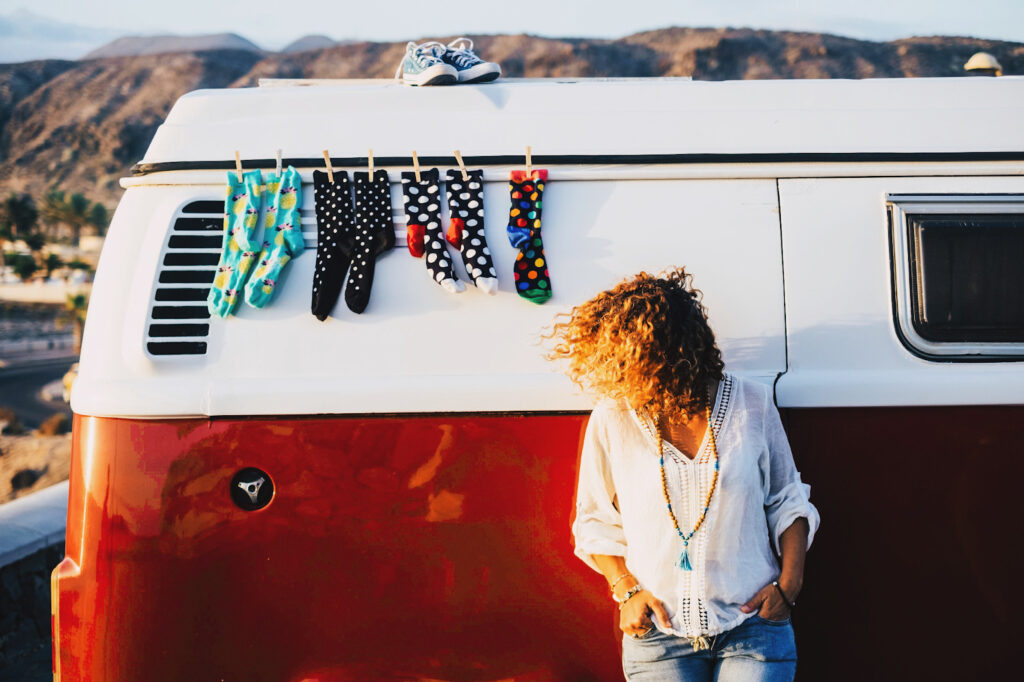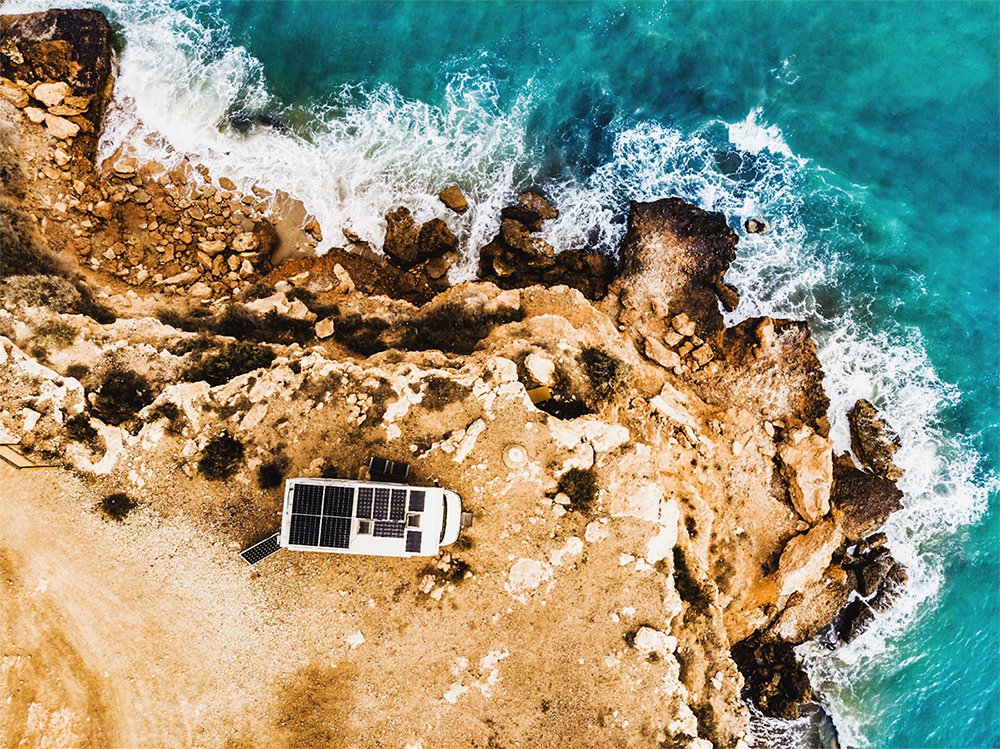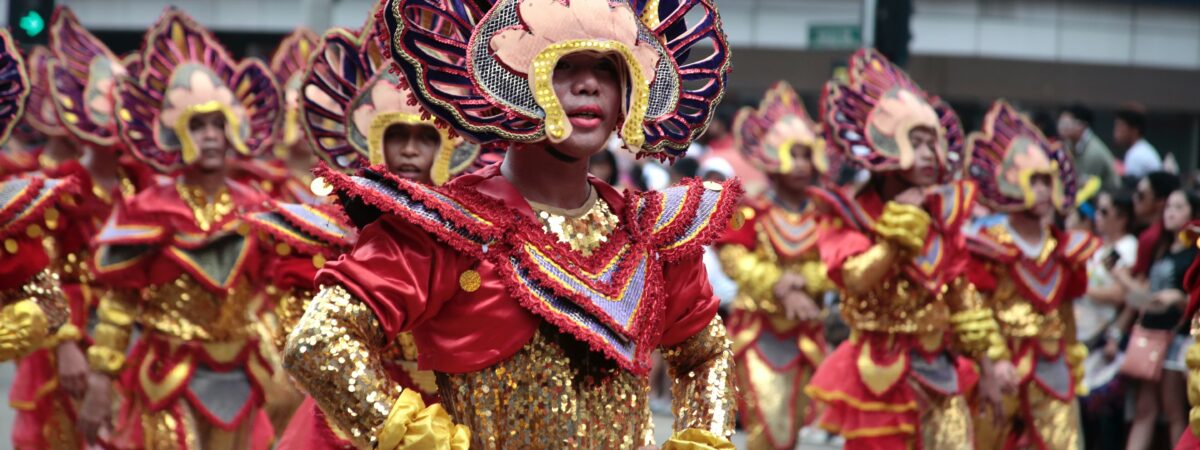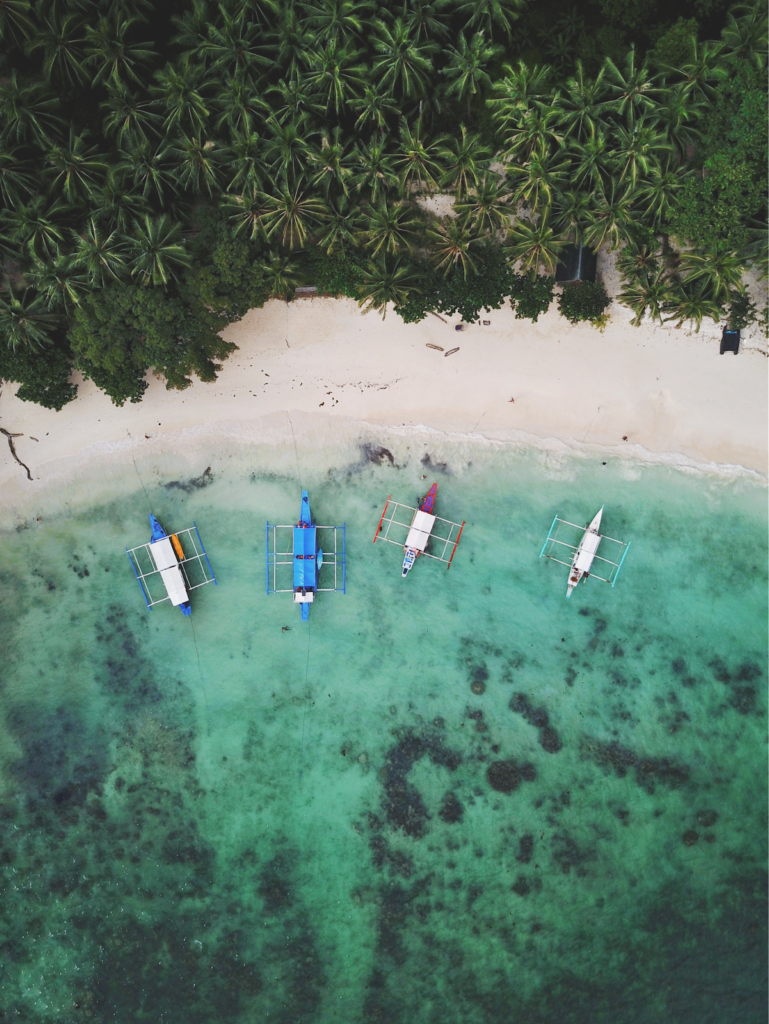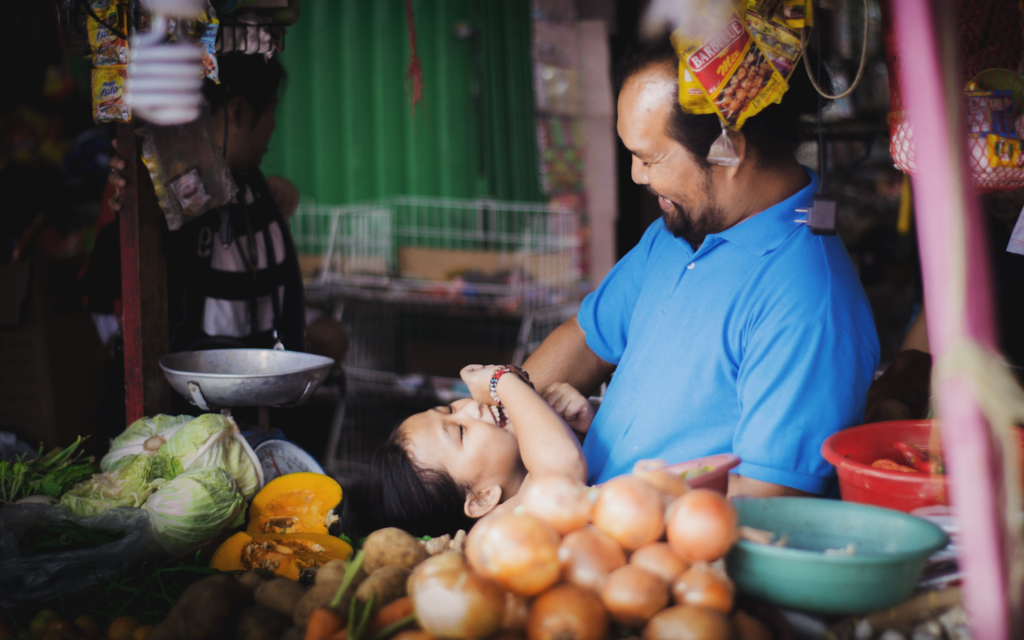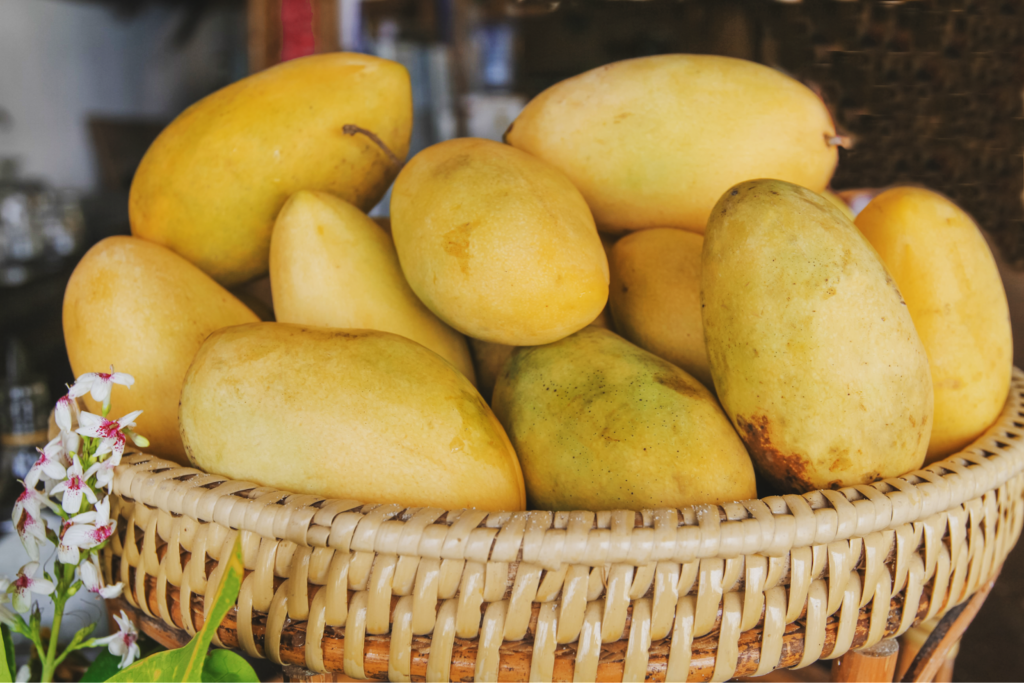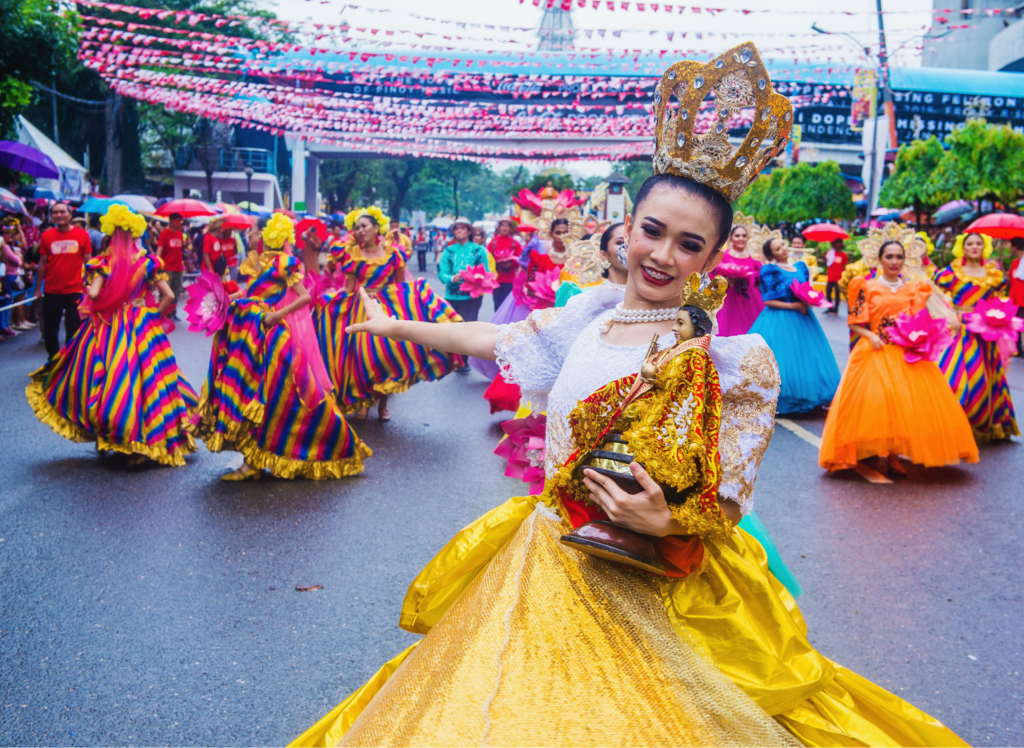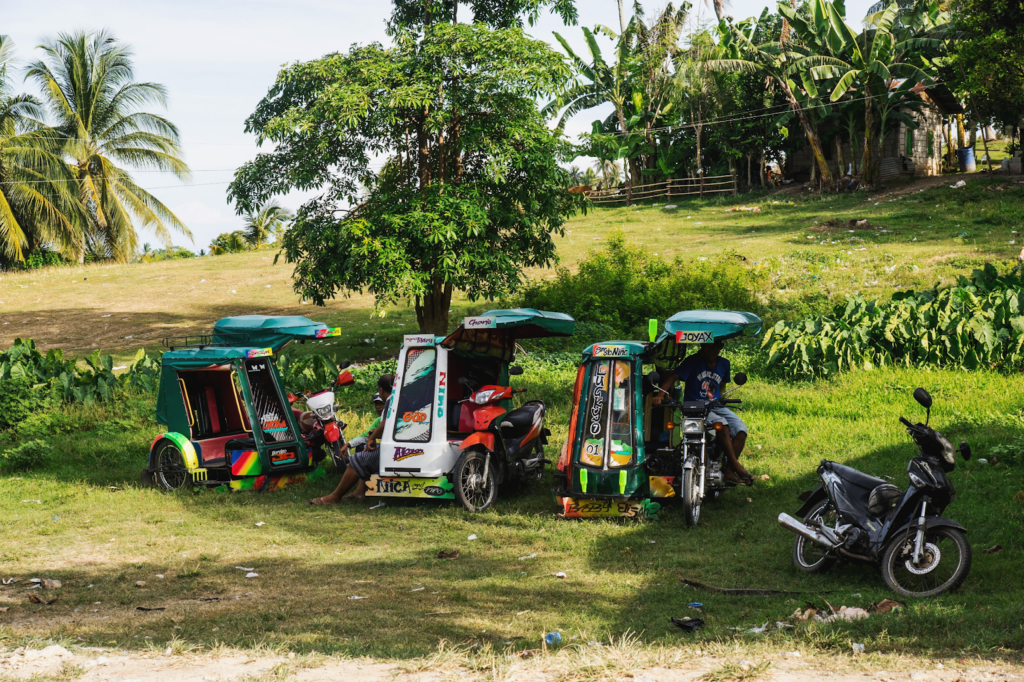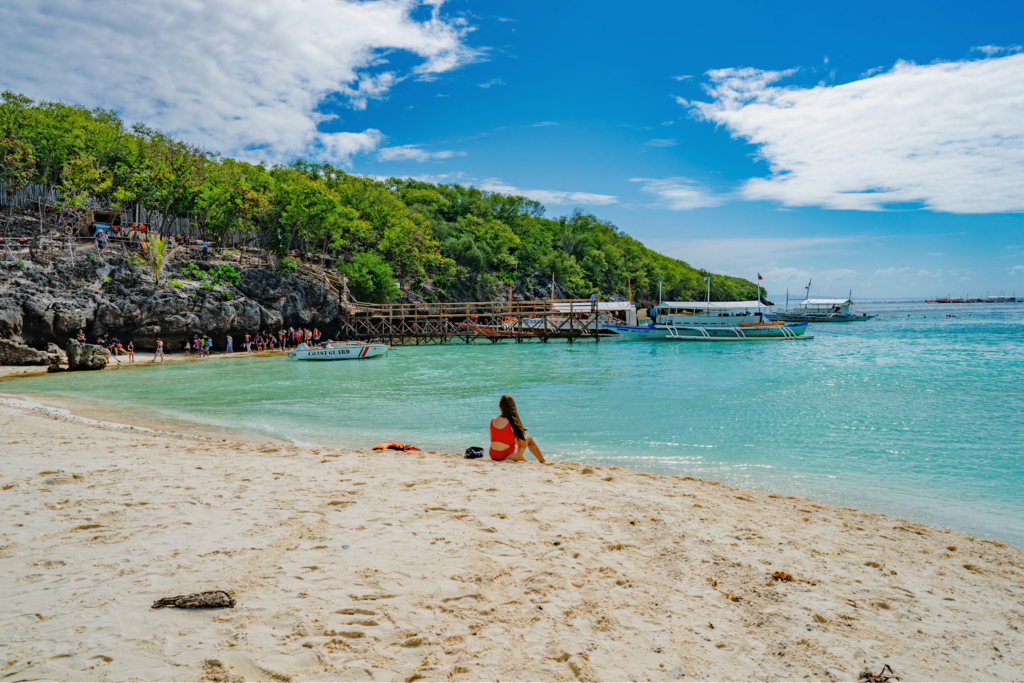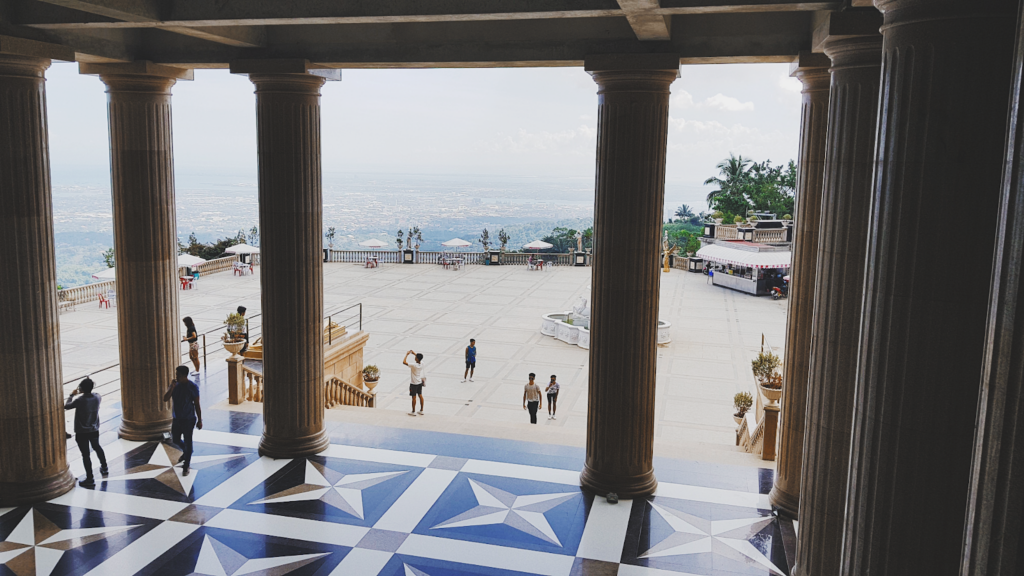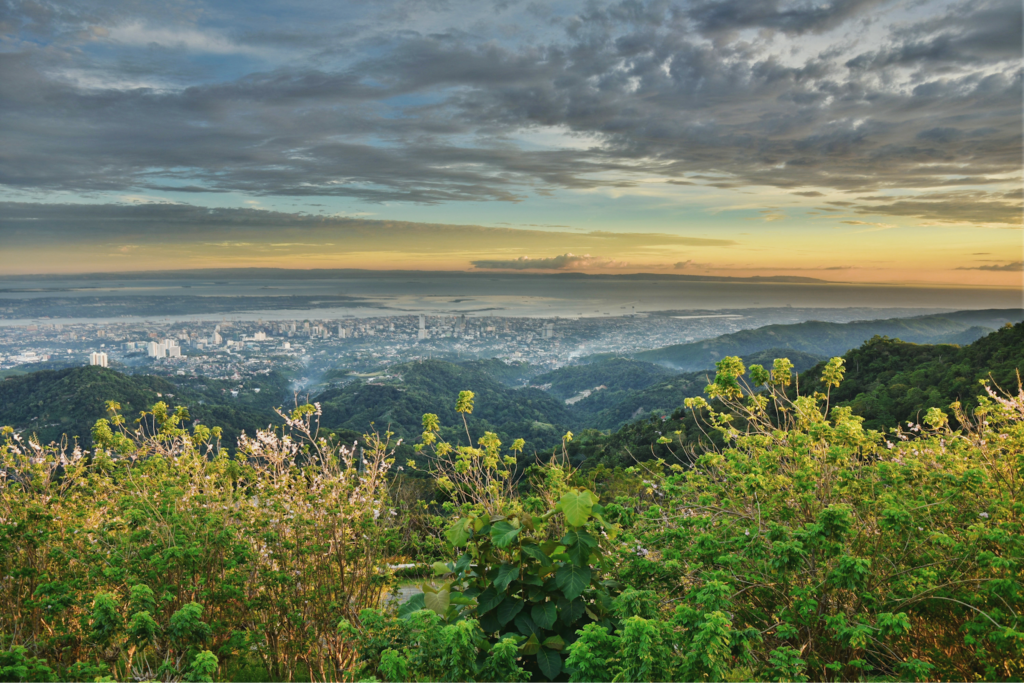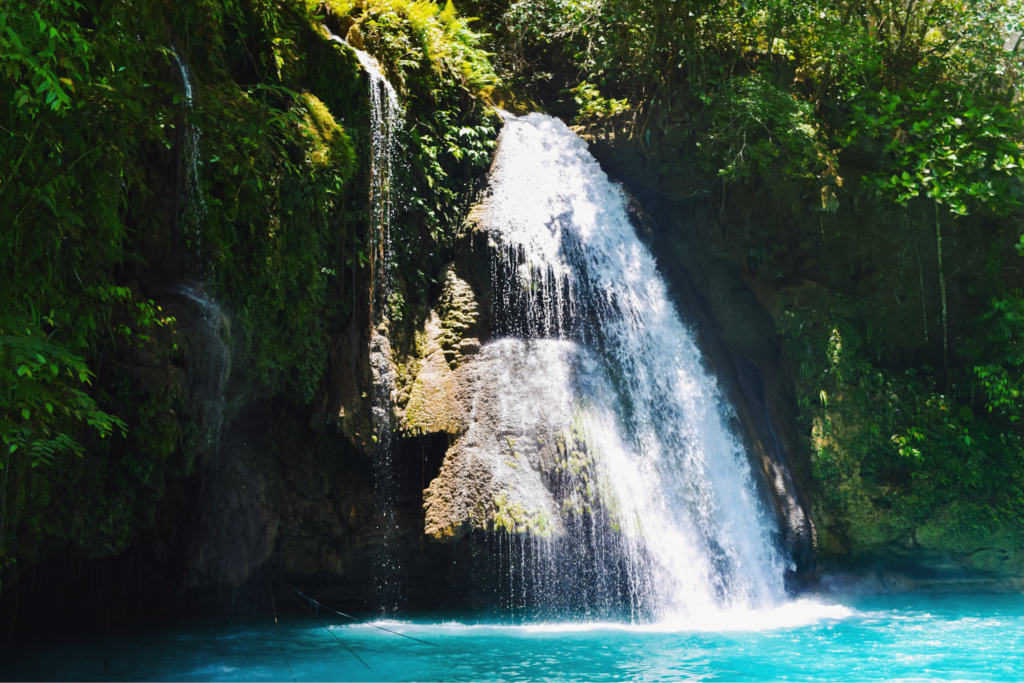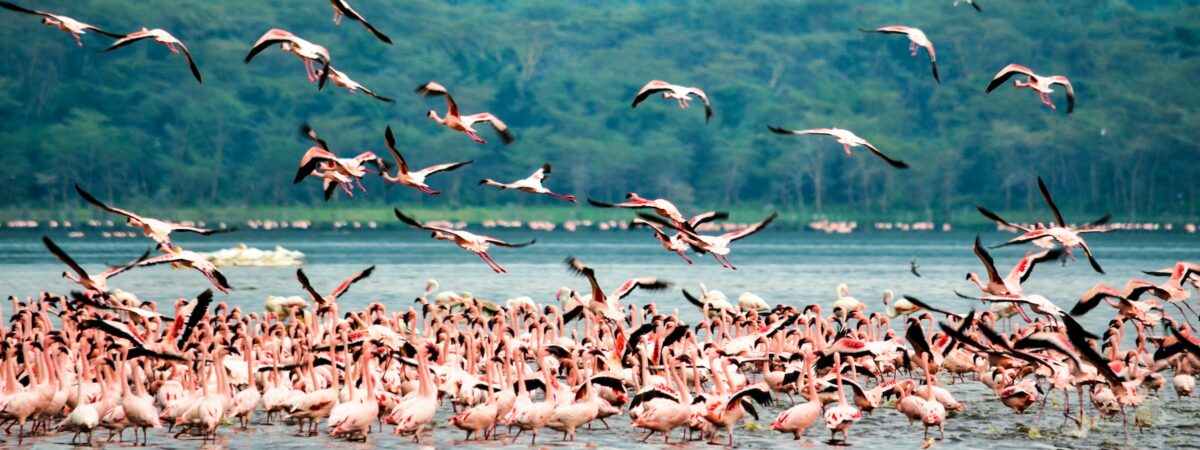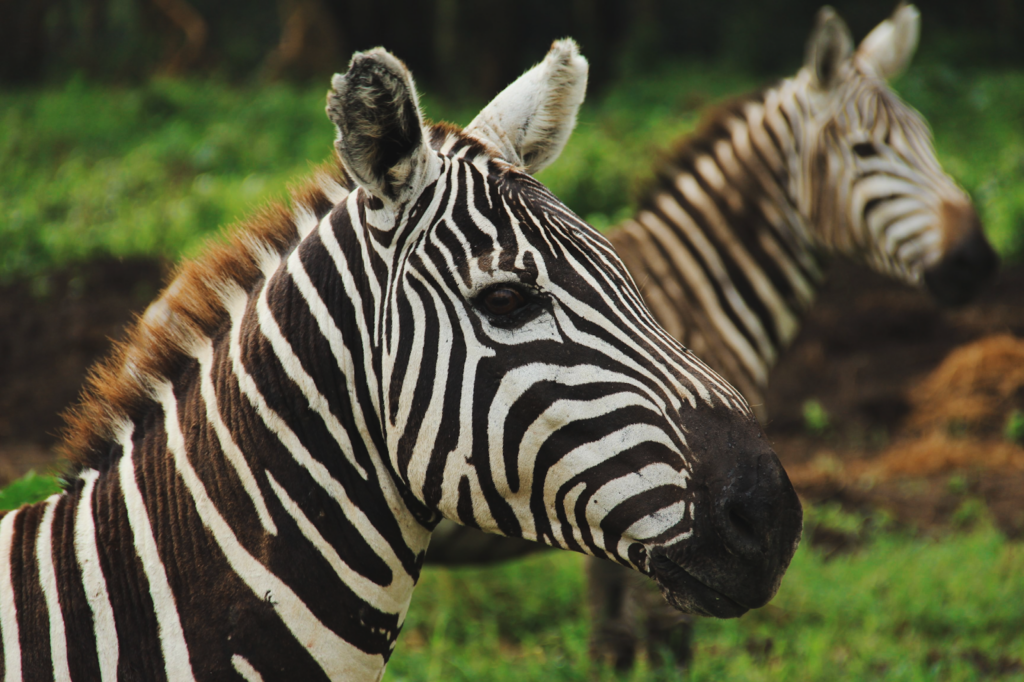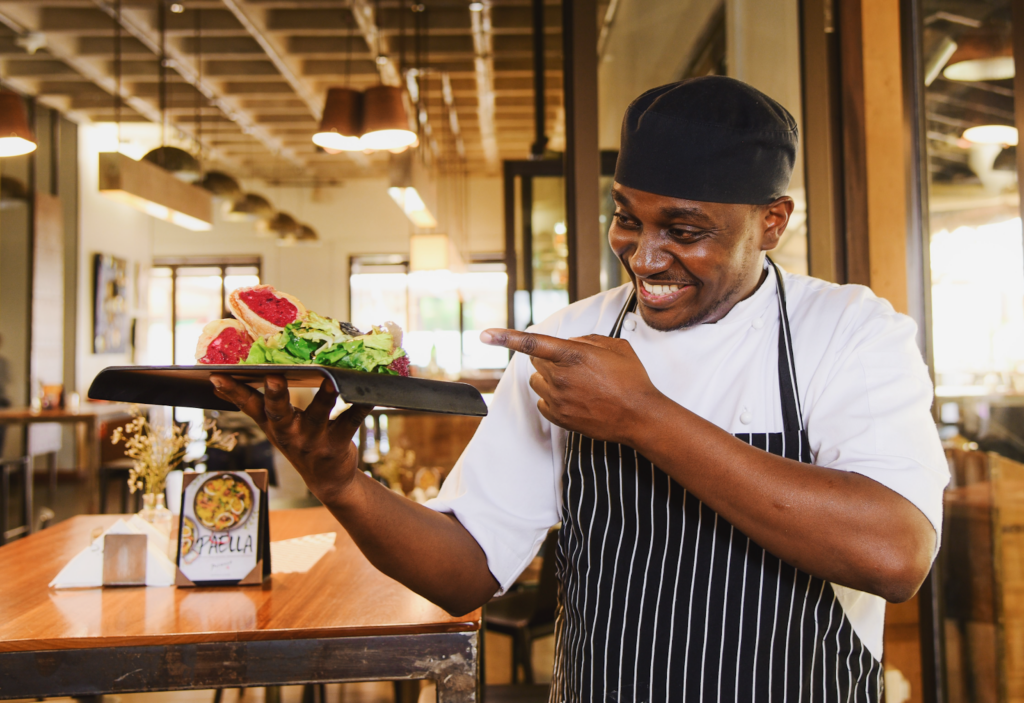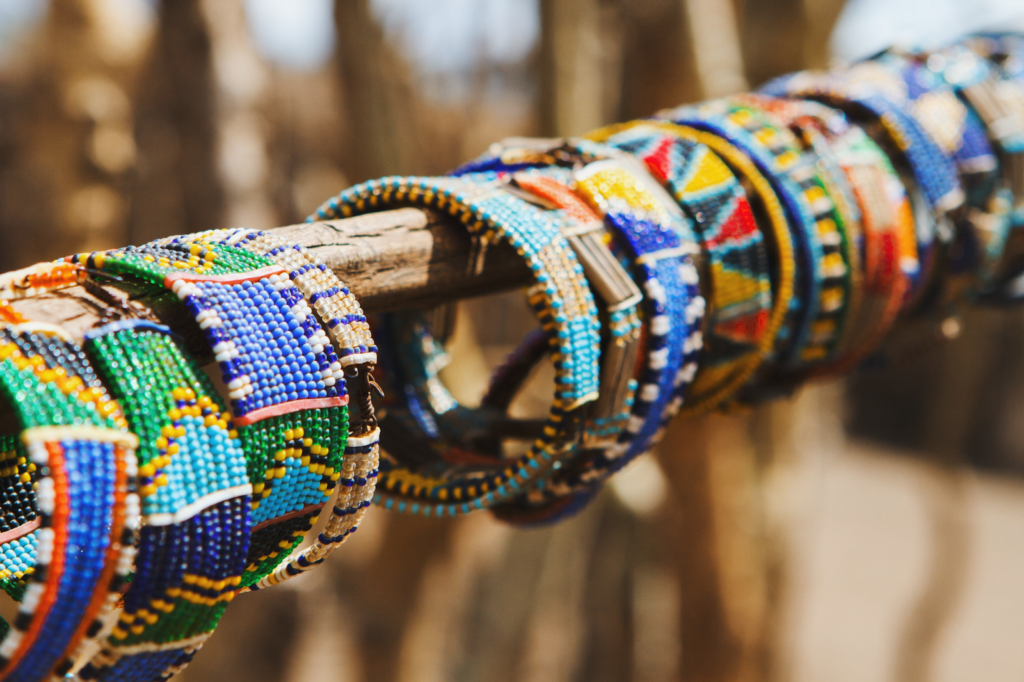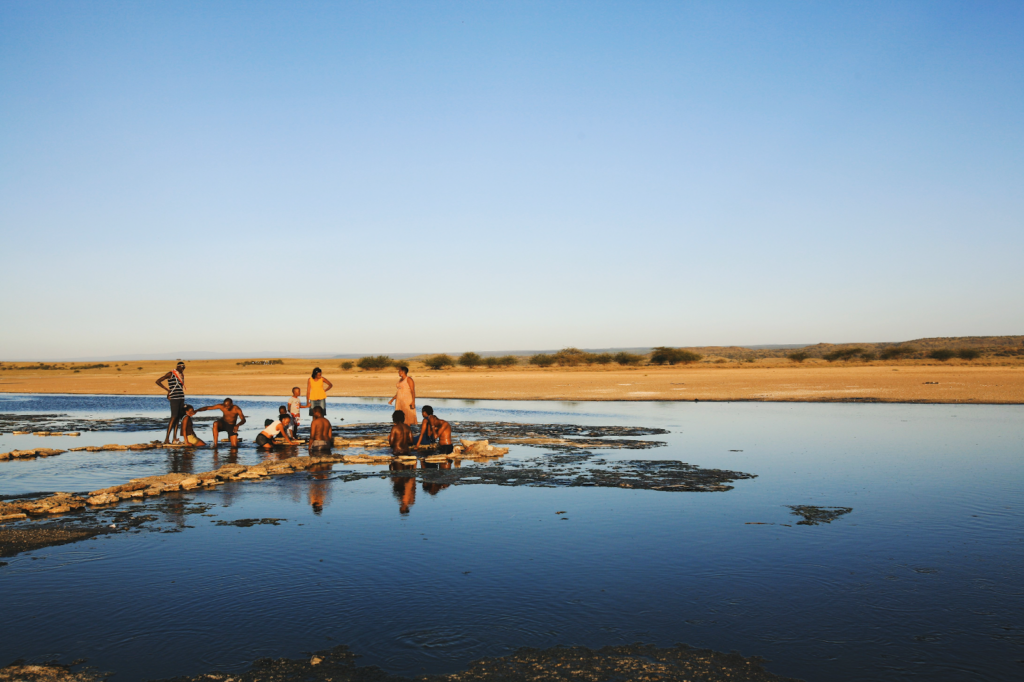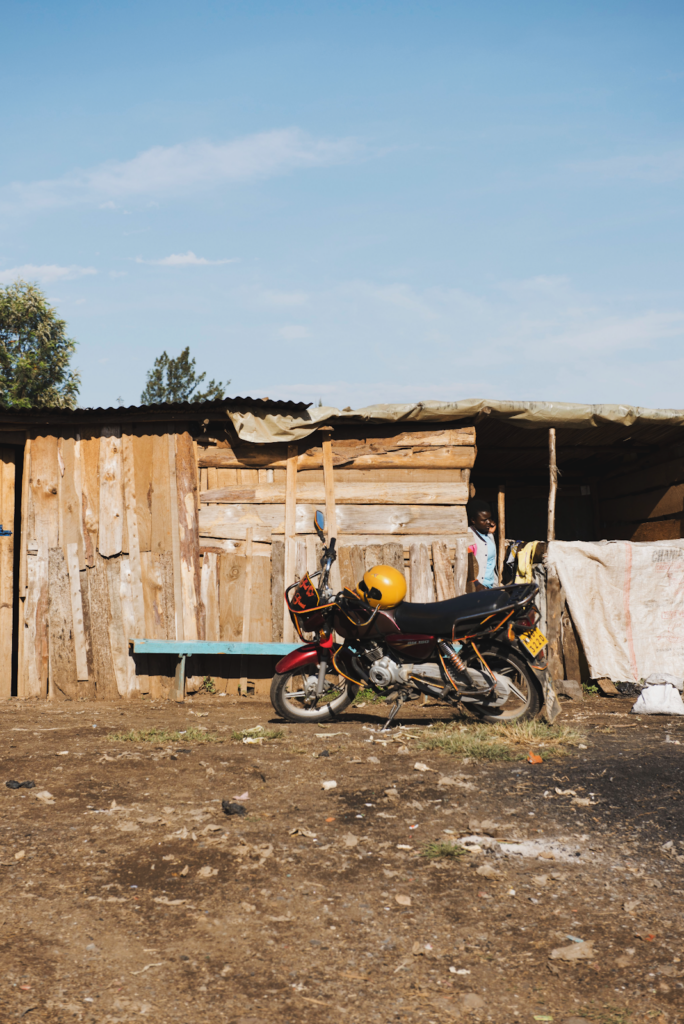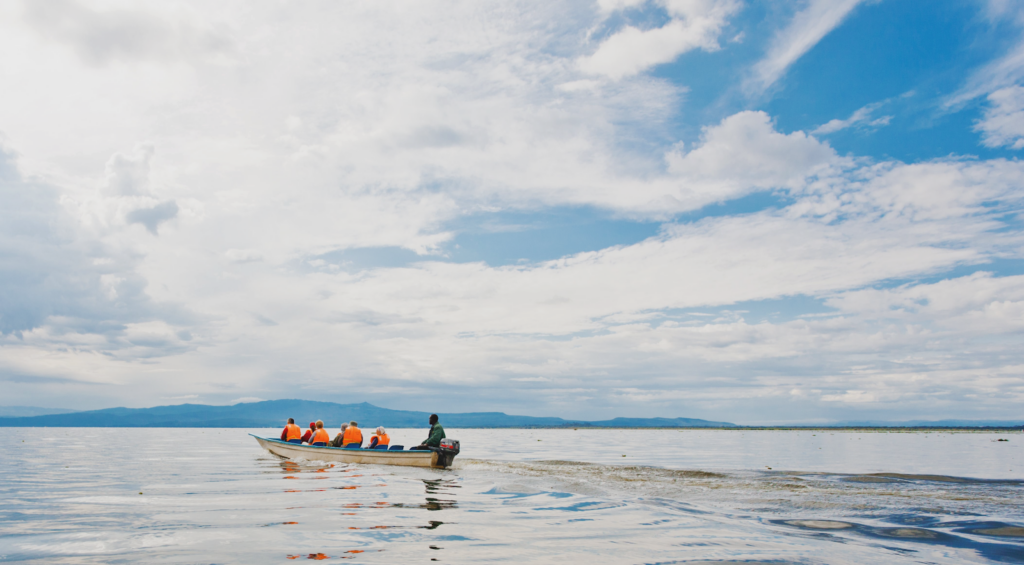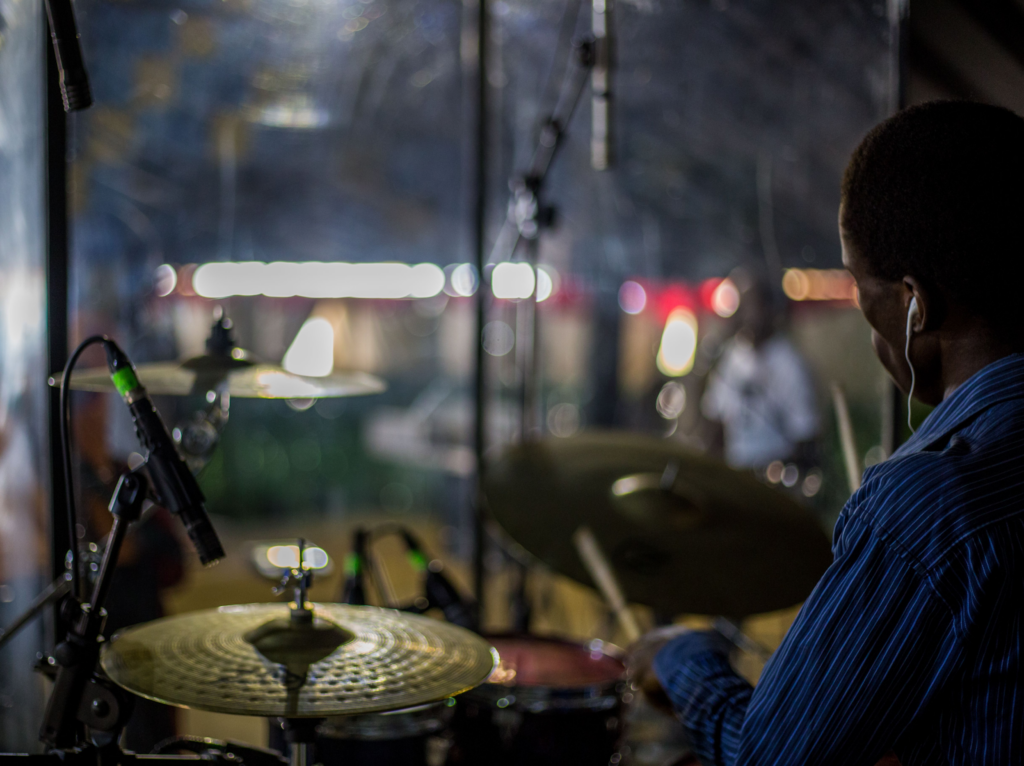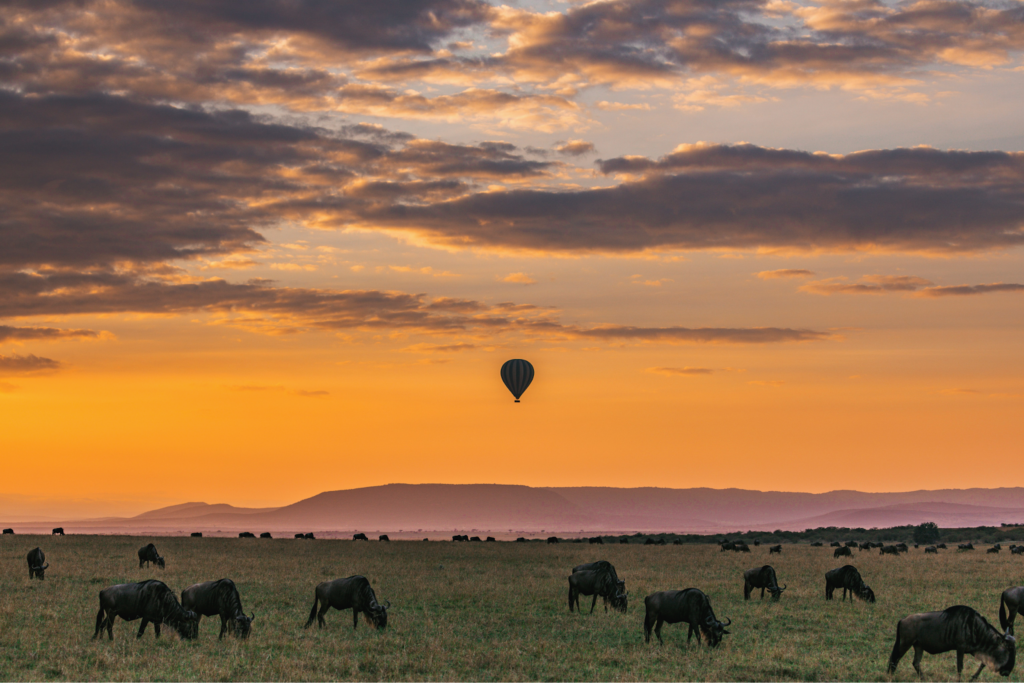Florica Arion grew up in a family of crafters weaving with cattail leaves. She’s done it her entire life. And now, at 69 years old, she’s the last person from her village who keeps the tradition going.
The harsh wind of December is blowing on the empty streets of Luncavița, Romania. The villagers are having a quiet time inside their warm houses after nine months of hard work in agriculture.
In one of the traditional houses, Florica Arion, 69, speaks with her sister, her conversation punctuated with hisses because some of her teeth are missing. With a scarf on her head, like women wear in the countryside, she quickly moves her curved fingers, creating a complicated braid made of cattail leaves.
The village was famous in the past for its artisans. But today, Arion is the last woman from the village who still manually creates products by weaving with cattail leaves.
Arion was 14 years old when she had her first job in one of the workshops in Luncavița. She worked there, weaving baskets and mats for export, for 20 years. Then the Revolution came in 1989, which resulted in overthrowing the long-term dictator, Nicolae Ceausescu, ending 42 years of communist rule in Romania. It also closed the factories.
Jobless, Arion had to find a way to earn her living. Based on her skills, she figured out how to weave hats, bags, boxes, fruit bowls, and slippers to diversify her offer. She convinced her sister, one of the seven siblings, to come back home after 11 years of living abroad to work together. Their father created mats to earn a living for his family. Now, Arion uses his traditional loom to do the same.
Weaving with cattail leaves is a meticulous craft. First, Arion has to travel 25 miles to buy the leaves, then she has to peel them, only keeping the middle part, which is softer. After that, she has to wet the leaves and store them in a tight-sealed bag for a couple of days to keep them moist. If she doesn’t do this, they cut her fingers just like paper or crack in the middle of the process, ruining the product. She uses rigid leaves for the mats.
In her living room, she tightly weaves the leaves around a block of wood that sits in her lap. She’s creating a hat, and the round wood helps keep the shape. On a small table, her sister is working on the brim of another hat. It takes two days to make a product like this.


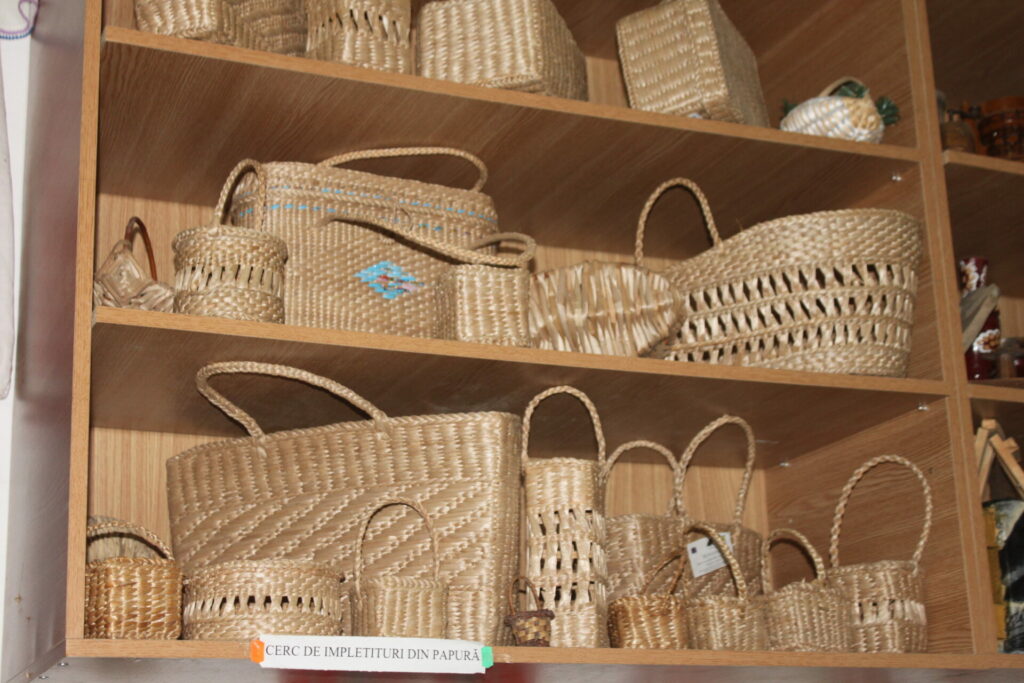
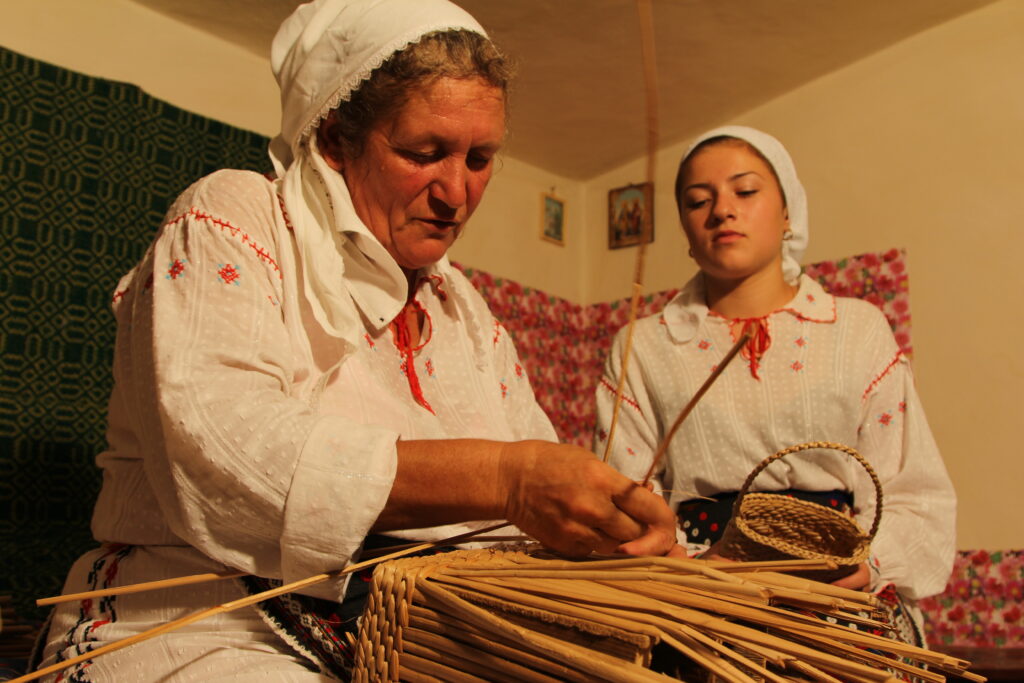
“First, you create the bottom, and you work on it for how long the leaves will allow you to,” Arion said. “When they dry, you have to let them soak for one day. You need patience. And you go on with the weaving when the leaves are moist.”
Almost 20 years ago, the local authorities saw that she was devoted to the craft, so they helped her. Sometimes they delivered the leaves in a van for her, other times they showed her products on TV. They got her to the big fairs, national and international, and they even created a class for people from the communities nearby so she could teach them the craft. Sometimes in the summer, when kids come to a camp in the village, she shows them the products she can create from leaves.
“She is the intangible heritage of our community,” said Marian Ilie, the project manager from the mayor’s office.
Arion and her sister are not the only ones from Luncavița who know how to weave with cattail. But they are the only ones still doing it, offering products that are rich in history at a time when most goods are created on the assembly line. Their hats and baskets are priced at only 12 euros.
They hope young people will be interested in the craft and settle in the village, continuing a century-old tradition. For their former colleagues from the workshops, this technique is now just hard work for little money.
But for Arion it is different: “This is how I was born, how I was raised, how I kept my kids in school,” she said. “This is how I earn my living now, with this craft.”

